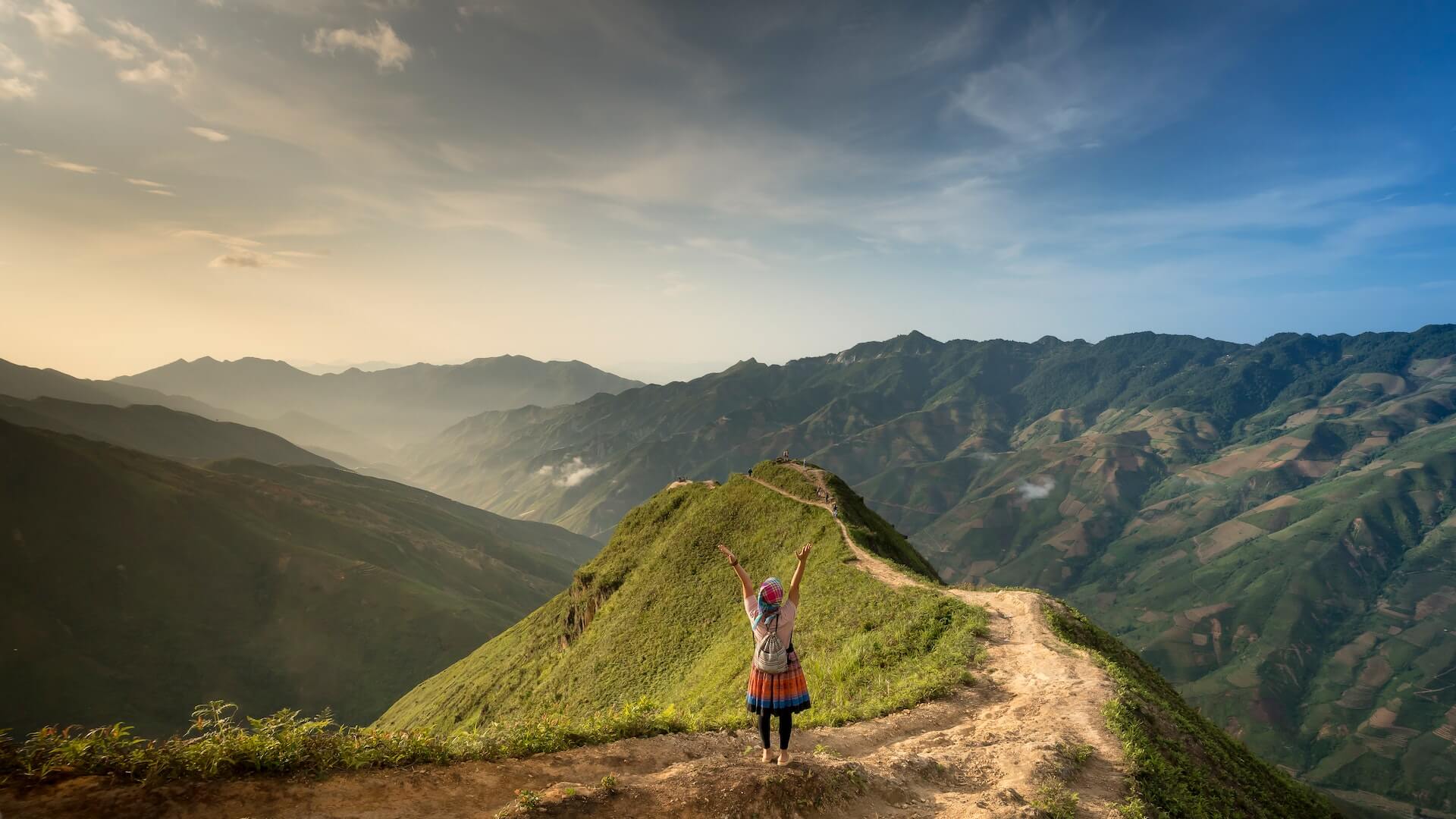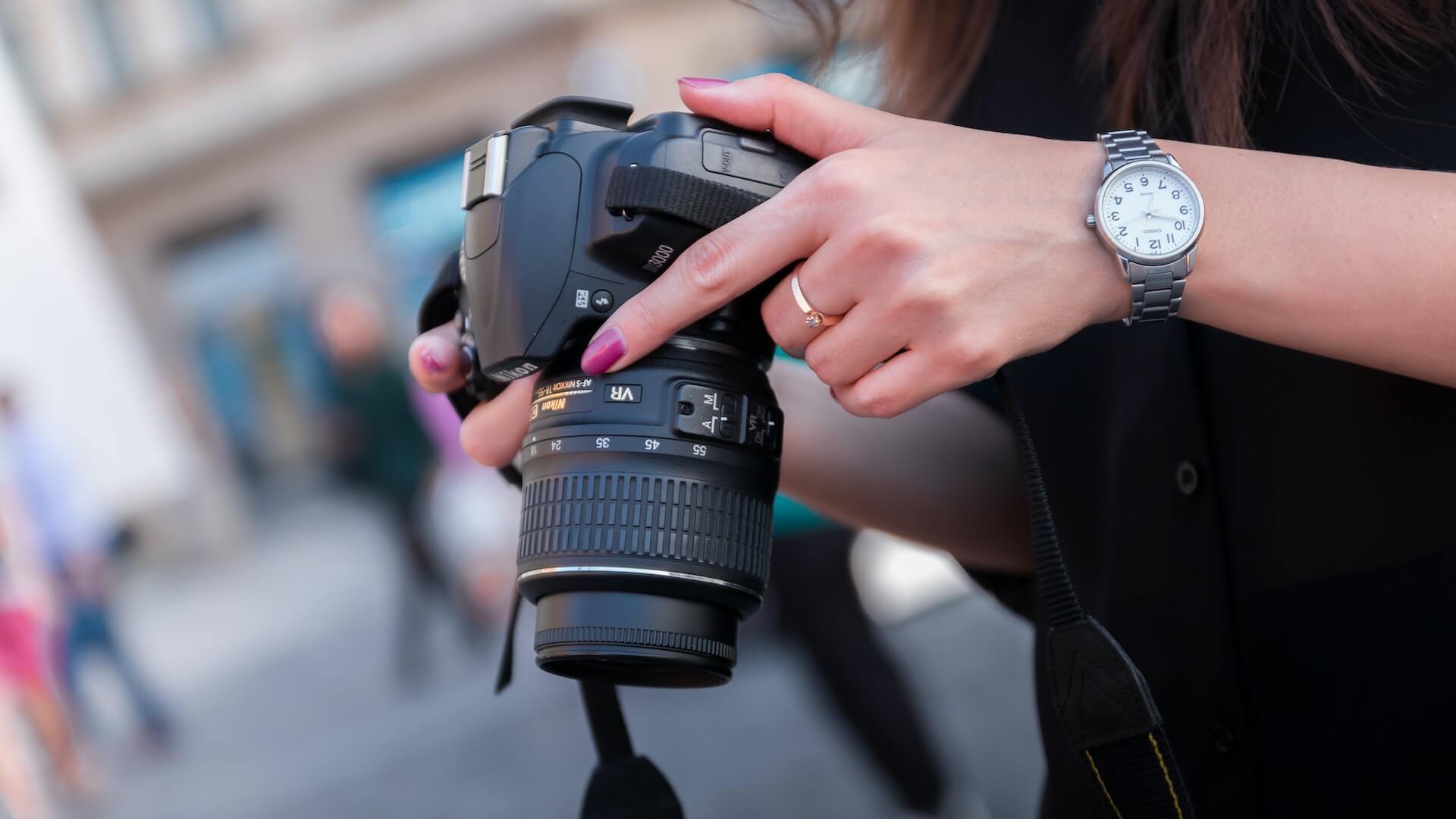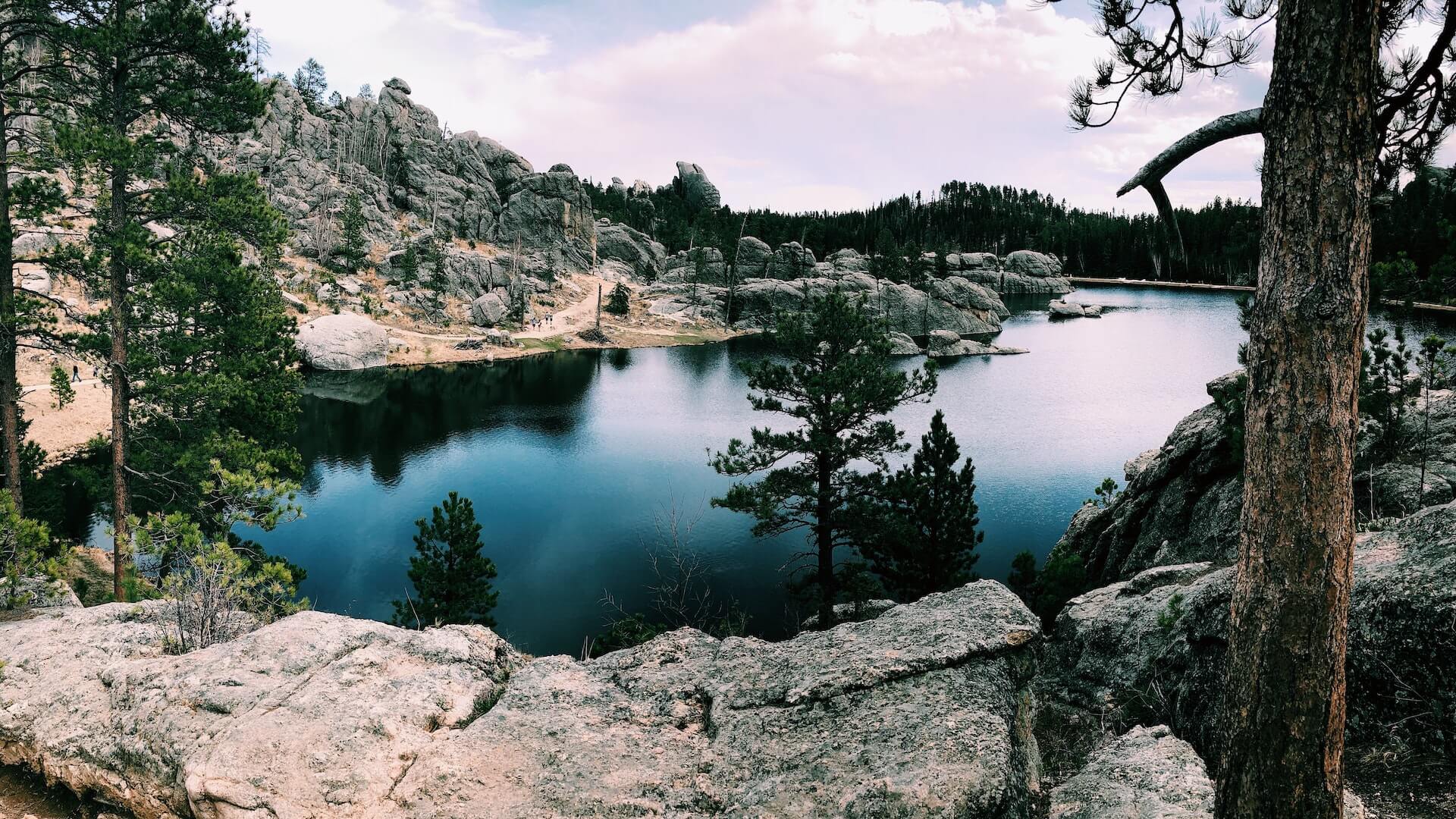Travel photography is a wonderful way to capture the essence of a place, its people and its culture. It allows you to not only document your experiences but also to share them with others, giving them a glimpse into the world as you see it. However, taking great travel photos is not just about having the latest expensive camera equipment. It’s about mastering the art of photography and understanding how to use it to capture the beauty of the world around you. In this post, we will explore some tips and tricks to help you master the art of travel photography, from understanding lighting and composition to utilizing your camera’s settings and capturing the unique essence of each location. So grab your camera and let’s dive into the world of travel photography!
Introduction: The power of travel photography
Travel photography has the incredible ability to transport us to different corners of the world, igniting our wanderlust and capturing the essence of a destination through the lens of a camera. It is a powerful art form that allows us to freeze a moment in time, preserving memories that can be cherished for a lifetime.

The allure of travel photography lies in its ability to evoke emotions and tell stories. With a single image, we can capture the breathtaking beauty of a sunset over a tropical beach, the vibrant colors of a bustling market, or the enchanting architecture of a historic city. These photographs have the power to inspire, to make us dream, and to ignite our desire to explore the world.
In this digital age, travel photography has become more accessible than ever before. With the advancements in technology, we now have the tools at our fingertips to capture stunning images with ease. From professional cameras to smartphones, there is a wide range of options available to suit every traveler’s needs.
But mastering the art of travel photography goes beyond simply owning the right equipment. It requires a keen eye for composition, an understanding of lighting, and the ability to capture the essence of a place. It is about telling a story through images, creating a visual narrative that transports the viewer to that exact moment in time.
Essential gear for travel photography
When it comes to travel photography, having the right gear can make all the difference in capturing stunning images that truly capture the essence of your destinations. While it’s important to pack light for your travels, there are a few essential pieces of gear that every travel photographer should consider bringing along.
First and foremost, a reliable camera is the backbone of any travel photography kit. Whether you prefer a DSLR or a mirrorless camera, choose a model that suits your needs and budget. Look for features like high resolution, low-light performance, and versatile lens options to ensure you’re able to capture a wide range of subjects and environments.
Speaking of lenses, investing in a few high-quality lenses is crucial for expanding your creative possibilities. A versatile zoom lens, such as a 24-70mm or 18-135mm, can cover a wide range of focal lengths and is perfect for capturing landscapes, portraits, and everything in between. Additionally, a prime lens with a wide aperture, like a 35mm or 50mm, can help you achieve stunning bokeh and low-light performance for those artistic shots.
To support your camera and lenses, a sturdy tripod is essential, especially for capturing long exposures or shooting in low-light conditions. Look for a lightweight and compact tripod that can easily fit in your travel bag without adding too much bulk. Additionally, consider investing in a remote shutter release or intervalometer to eliminate camera shake and capture sharp images.
When it comes to storing and backing up your photos, a reliable memory card and portable hard drive are essential. Opt for high-capacity memory cards with fast write speeds to ensure you can capture continuous bursts and high-resolution images. Additionally, regularly backing up your photos to a portable hard drive or cloud storage will help protect your precious memories in case of loss or damage.
Lastly, don’t forget to pack a few essential accessories such as lens filters, a lens cleaning kit, extra batteries, and a comfortable camera strap. These small but important items can greatly enhance your photography experience and ensure you’re prepared for any situation that may arise while on the road.
Mastering composition and framing
The way you arrange elements within the frame can make or break a photograph, turning a mundane scene into a work of art.

One of the key principles of composition is the rule of thirds. Instead of placing your subject right in the center of the frame, imagine dividing your image into a grid of nine equal parts with two horizontal and vertical lines. Positioning your subject along these lines or at their intersections creates a sense of balance and visual interest.
Another technique to enhance your composition is leading lines. These are natural or man-made lines that guide the viewer’s eye through the image, creating depth and drawing attention to the focal point. Whether it’s a pathway, a winding road, or a row of trees, incorporating leading lines adds a dynamic element to your photographs.
Additionally, consider the foreground and background elements to add depth and context to your images. Including a foreground element can create a sense of scale and provide a visual anchor, while the background can contribute to the overall story or mood of the photograph. Experiment with different angles and perspectives to find the most compelling composition.
Lastly, don’t forget about framing. Look for natural frames within your environment, such as archways, windows, or even tree branches, to add depth and create a sense of depth within the frame. Framing can also help emphasize your subject by drawing the viewer’s attention towards it.
Understanding lighting and its effects on photography
Understanding lighting is crucial for mastering the art of travel photography. Light plays a pivotal role in shaping the final outcome of your photographs, and having a good grasp of how different lighting conditions can enhance or detract from your subjects will elevate the quality of your images.
Natural light is often the preferred choice for travel photographers, as it can create stunning effects and add depth and dimension to your photos. The golden hour, which occurs during the first and last hours of sunlight each day, is especially revered for its warm and soft illumination. During this time, the low angle of the sun casts long, dramatic shadows and bathes the scenery in a captivating glow. This is the perfect opportunity to capture breathtaking landscapes, architecture, and portraits with a magical ambiance.
However, it’s important to adapt to different lighting situations throughout your travels. Harsh midday sunlight can create unflattering shadows and blown-out highlights. In such cases, seeking out shaded areas or using diffusing techniques, such as using a reflector or adjusting the position of your subject, can help soften the light and create a more balanced exposure.
Additionally, understanding the color temperature of light is crucial for achieving accurate and visually appealing photographs. Different light sources emit different color temperatures, ranging from warm (e.g., sunrise and sunset) to cool (e.g., overcast or shaded areas). Being aware of these variations will enable you to make appropriate white balance adjustments during post-processing or even on your camera settings, ensuring that the colors in your images appear true to life.
Capturing unique perspectives and angles
While it’s tempting to simply snap a photo from eye level, taking the time to explore different angles can elevate your photographs to a whole new level.
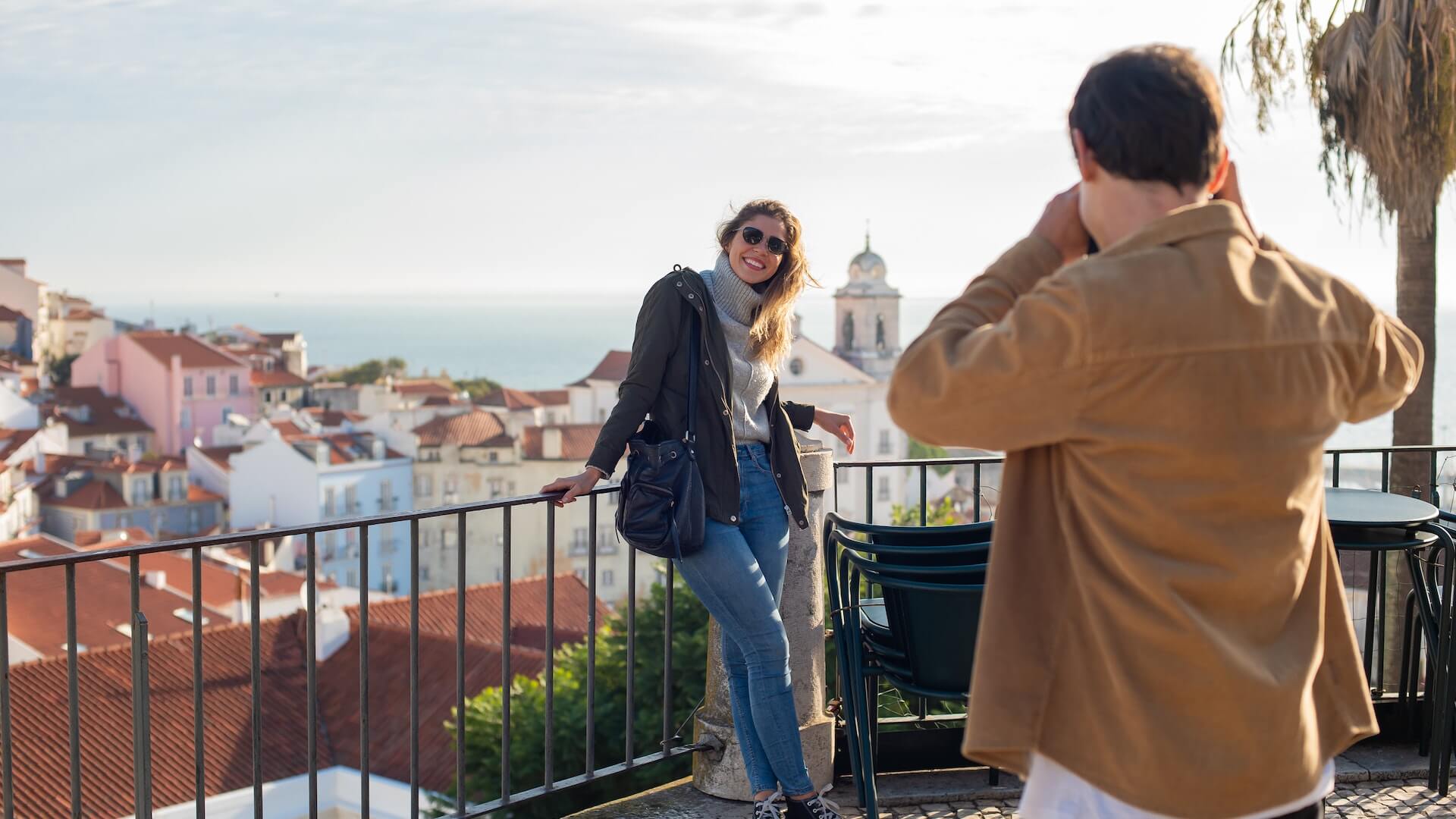
One technique to consider is getting low to the ground. By crouching down or even lying on the ground, you can capture a unique and often overlooked perspective. This is particularly effective when photographing landscapes or architectural structures. The low angle can add a sense of drama and grandeur to your images, making them stand out from the crowd.
Another technique is to experiment with different viewpoints. Instead of shooting straight ahead, try shooting from above or below your subject. This can create a sense of depth and dimension in your photographs. For example, if you’re photographing a bustling city street, try shooting from a higher vantage point to capture the hustle and bustle below. Alternatively, you can get down on the ground and shoot upwards to emphasize the height of towering buildings.
Don’t be afraid to get creative and think outside the box. Look for unique perspectives that others may not have considered. This could involve climbing a nearby hill or tree to get a bird’s eye view or finding a reflection in a puddle or window to add an interesting element to your composition.
Telling a story through travel photography
Travel photography is not just about capturing beautiful landscapes or iconic landmarks. It is about telling a story through your lens, capturing the essence and emotions of a place, and conveying a narrative that resonates with viewers.
One of the most powerful ways to tell a story through travel photography is by focusing on the people you encounter on your journey. Whether it’s a local street vendor, a group of children playing in a village, or a musician performing on a bustling city street, capturing their expressions, interactions, and daily lives can create a compelling narrative.
In addition to people, pay attention to the details that make a location unique. It could be the vibrant colors of a bustling market, the intricate architecture of a historical monument, or the textures and patterns found in the local handicrafts. These details help to add depth and context to your images, allowing viewers to immerse themselves in the cultural fabric of the place you are photographing.
Another way to tell a story through travel photography is by capturing moments of local traditions, festivals, or rituals. These events are often filled with energy, emotion, and unique cultural practices. By documenting these moments, you can transport viewers to a different time and place, giving them a glimpse into the rich tapestry of the destination.
Lastly, consider the composition and framing of your photographs to enhance the storytelling aspect. Experiment with different angles, perspectives, and focal lengths to create visual interest and guide the viewer’s eye through the image. Utilize leading lines, framing elements, and the rule of thirds to create a balanced and captivating composition.
Tips for photographing landscapes and nature
When it comes to photographing landscapes and nature, there are a few tips and techniques that can help you capture the beauty of the world around you. Here are some valuable pointers to keep in mind on your photographic adventures.
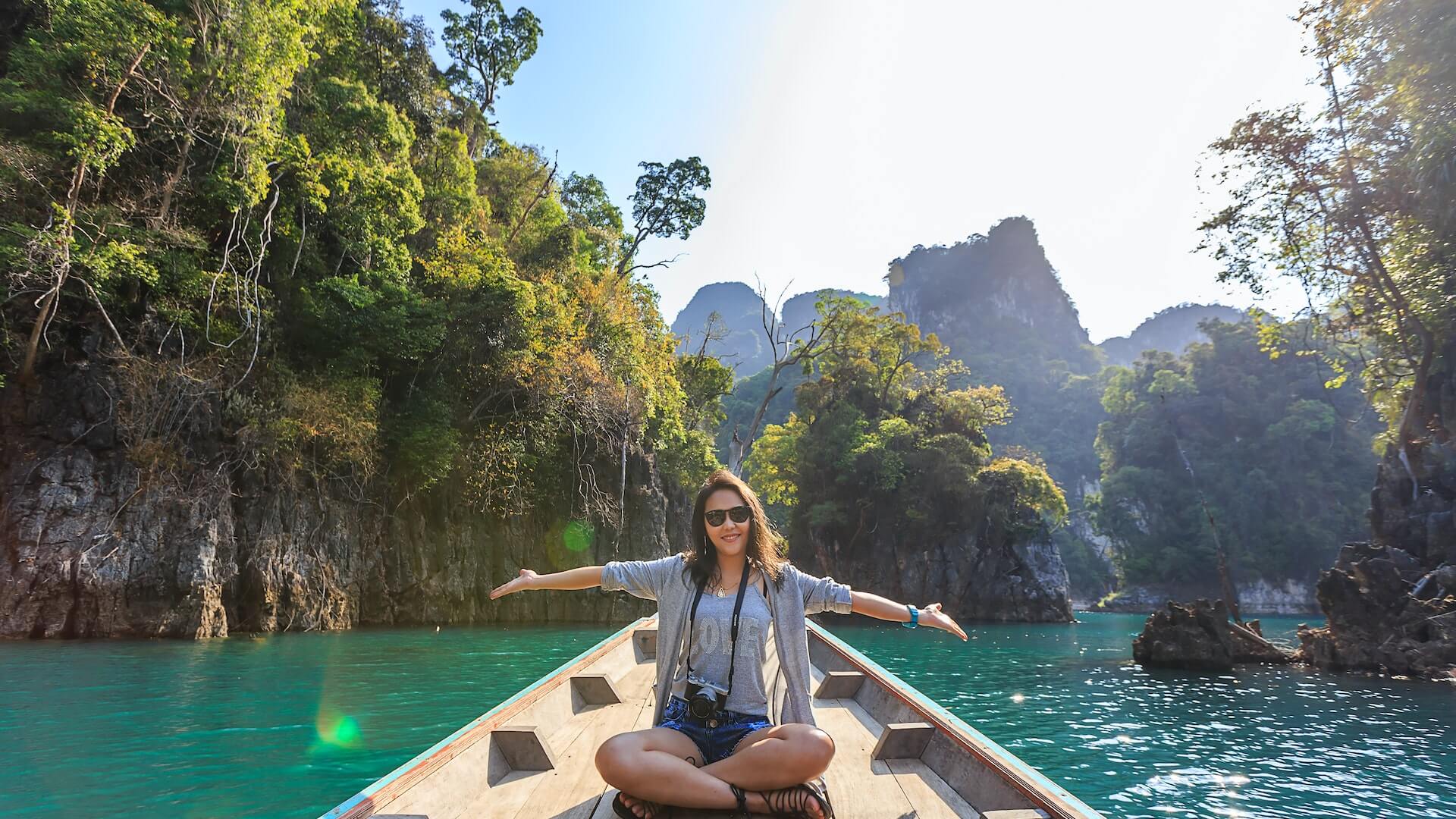
1. Plan Ahead:
Before you set out to photograph landscapes or nature, do some research and plan your locations. Look for interesting viewpoints, unique perspectives, and potential areas of interest. This will help you make the most of your time on location and increase your chances of capturing stunning images.
2. Utilize the Golden Hour:
The golden hour, which occurs during the first hour after sunrise and the last hour before sunset, offers the most beautiful and soft lighting for capturing landscapes. The low angle of the sun creates warm tones and long shadows, adding depth and dimension to your photographs. Take advantage of this magical time of day for truly breathtaking shots.
3. Use a Tripod:
When photographing landscapes, it’s important to keep your camera steady to capture sharp images. A sturdy tripod will help you achieve this stability and allow you to experiment with longer exposures for creative effects like capturing flowing water or streaking clouds. Invest in a quality tripod and make it an essential part of your photography gear.
4. Pay Attention to Composition:
Composition plays a crucial role in creating visually appealing landscape photographs. Apply the rule of thirds by placing points of interest along the imaginary gridlines or at their intersections. Look for leading lines, such as a winding path or a river, that guide the viewer’s eye into the frame. Don’t forget to include foreground elements to add depth and scale to your images.
5. Capture Details:
While wide-angle shots can be impressive for landscape photography, don’t forget to zoom in and capture the intricate details of nature. Whether it’s a delicate flower, a textured tree bark, or a close-up of a waterfall, these smaller subjects can add interest and variety to your portfolio.
6. Be Patient:
Nature doesn’t always cooperate, so be prepared to wait for the perfect moment. Whether it’s waiting for the clouds to create dramatic skies or for the wildlife to make an appearance, patience is key. Take your time, observe your surroundings, and be ready to seize the opportunity when it presents itself.
Photographing people and cultures
Photographing people and cultures is an essential aspect of travel photography. It allows you to capture the essence and diversity of the places you visit, creating a visual story that goes beyond landscapes and landmarks. Whether you’re exploring bustling markets, remote villages, or vibrant city streets, people and their cultures add depth and authenticity to your travel photographs.

When photographing people, it’s crucial to approach them with respect and sensitivity. Seek permission before taking someone’s portrait, and engage in friendly conversation to establish a connection. This not only ensures you capture the authentic spirit of the person but also creates a more meaningful experience for both you and your subject.
To capture the essence of a culture, immerse yourself in its traditions, customs, and daily life. Observe the local rituals, festivals, and celebrations, and document the unique moments that unfold. Pay attention to the details – the colorful garments, intricate jewelry, expressive gestures – that reflect the cultural identity of the people you encounter.
Experiment with different techniques to convey the emotions and stories of the individuals you photograph. Candid shots can capture genuine moments and expressions, while posed portraits allow you to create a more curated narrative. Don’t be afraid to step out of your comfort zone and try new perspectives, framing, or lighting techniques to add depth and visual interest to your photographs.
Remember to always be respectful and considerate of the local customs and traditions when photographing people. Some cultures may have restrictions or taboos regarding photography, particularly in sacred or private spaces. It’s important to research and understand the cultural context before approaching sensitive subjects.
Editing and post-processing techniques for travel photos
Capturing breathtaking travel photos is just the first step in mastering the art of travel photography. To truly bring out the best in your images and create stunning visuals that captivate your audience, it’s crucial to master editing and post-processing techniques.
Editing allows you to enhance the colors, tones, and overall aesthetic of your travel photos. With the right adjustments, you can transform a good photo into an extraordinary one. One of the most popular editing tools among photographers is Adobe Lightroom, which offers a wide range of features and presets to elevate your images.
When editing your travel photos, it’s important to maintain a balance between enhancing the natural beauty of the scene and avoiding over-editing that can make the image appear artificial. Start by adjusting the exposure, contrast, and white balance to ensure proper lighting and color accuracy. From there, you can fine-tune the saturation, vibrance, and clarity to make the colors pop and the details stand out.
Another essential aspect of post-processing is cropping and composition. Sometimes, a slight adjustment to the framing can make a significant difference in the overall impact of the photo. Experiment with different crop ratios and compositions to find the most visually pleasing arrangement for your image.
Furthermore, don’t be afraid to experiment with different editing styles and techniques to add a unique touch to your travel photos. Whether you prefer vibrant and saturated colors, moody and dramatic tones, or a clean and minimalist aesthetic, developing your own editing style will help you create a cohesive and recognizable visual identity in your photography.
Lastly, remember that editing should enhance the story and emotions captured in your travel photos. Use your editing skills to convey the atmosphere, culture, and experiences of the places you’ve visited. The goal is to evoke a sense of wanderlust and transport viewers to the destinations you’ve explored.
Ethical considerations and respecting local customs
When we venture into new lands with our cameras in hand, it is crucial to remember that we are not just capturing images, but also immersing ourselves in different cultures. As travelers and photographers, we have a responsibility to respect the local customs and traditions of the places we visit.
Ethical considerations play a significant role in travel photography. It is essential to be mindful of the impact our presence and actions may have on the communities we encounter. Before taking a photograph, it is crucial to seek permission from the individuals involved, especially in intimate or personal settings. This not only shows respect but also allows for a deeper connection and understanding between the photographer and subject.
Respecting local customs goes beyond seeking permission for photographs. It involves understanding and adhering to cultural norms and traditions. For example, in some countries, certain areas or sacred sites may be off-limits for photography. It is essential to research and educate ourselves about these customs beforehand to avoid causing offense or disrespect.
Furthermore, it is crucial to consider the potential exploitative nature of some types of travel photography. We must be cautious not to objectify or exploit the people we photograph for our own artistic or commercial gain. Instead, we should aim to capture their stories and experiences with empathy and authenticity, respecting their dignity and privacy.
In addition to ethical considerations, respecting local customs also includes being mindful of our behavior and appearance. Dressing modestly in conservative cultures or refraining from disruptive or intrusive behavior demonstrates our respect for the local community.
Staying inspired and motivated as a travel photographer
Traveling to new destinations and experiencing different cultures can be incredibly enriching, but it’s also important to find ways to keep the creative spark alive. Here are a few tips to help you stay inspired on your photography journey.
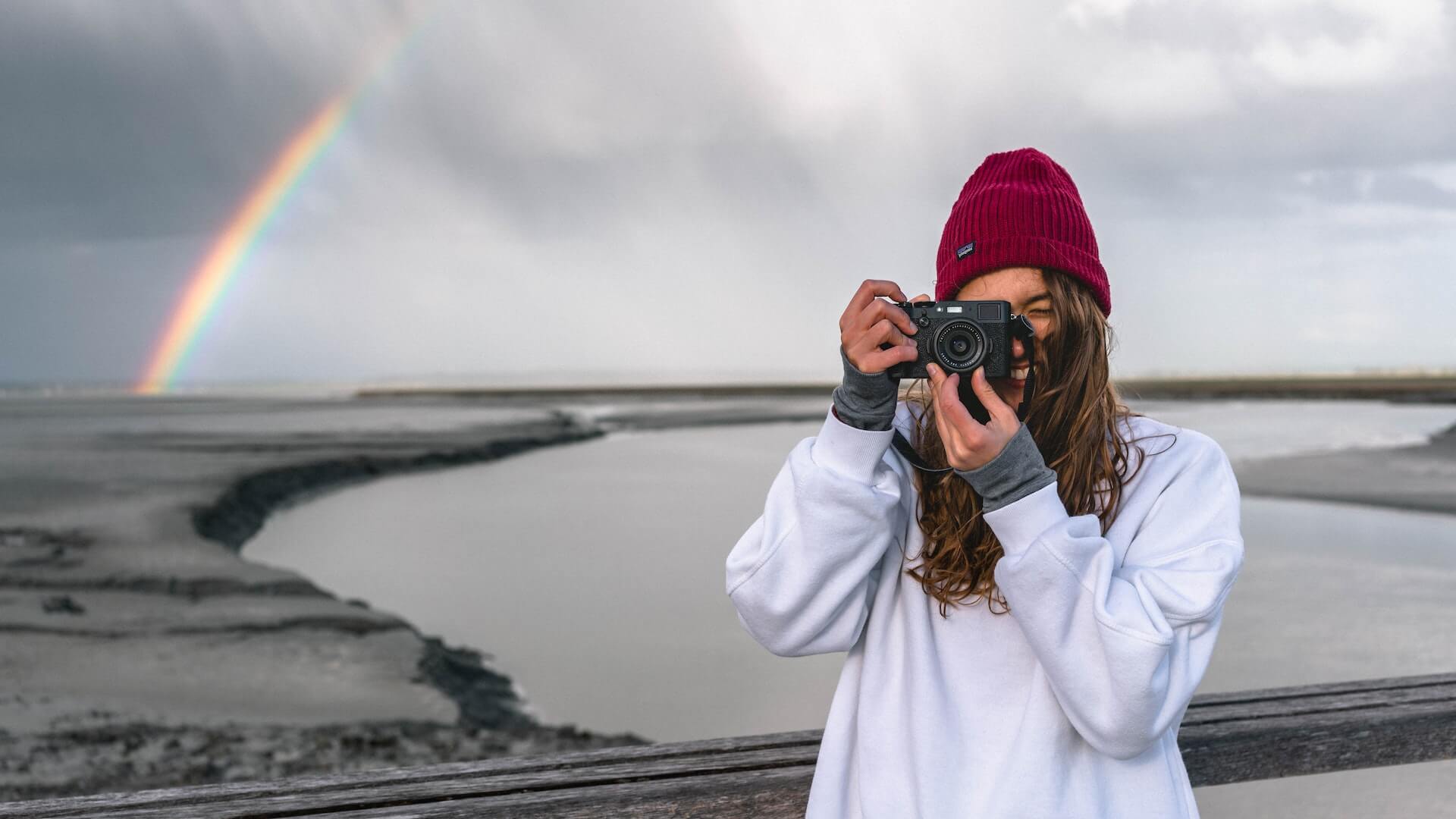
1. Seek out unique perspectives:
Don’t be afraid to explore unconventional angles or viewpoints. Look for hidden gems and lesser-known spots that haven’t been over-photographed. This can breathe new life into your work and make your images stand out.
2. Connect with other photographers:
Surrounding yourself with like-minded individuals can be extremely motivating. Join photography communities, participate in workshops or meetups, and engage with photographers who share your passion. These connections can provide valuable feedback, inspire new ideas, and push you to improve your skills.
3. Explore different genres of photography:
While travel photography may be your primary focus, branching out and exploring other genres can help you see things from a fresh perspective. Experiment with street photography, landscapes, or even abstracts. This experimentation can spark creativity and help you see the world through a different lens.
4. Continuously learn and grow:
Photography is an ever-evolving field, and there’s always something new to learn. Stay updated with the latest techniques, equipment, and editing software. Take online courses, read books, and follow photography blogs or YouTube channels to expand your knowledge base. Constantly challenging yourself with new learning opportunities will keep your passion alive.
5. Embrace challenges and step out of your comfort zone:
Push yourself to try new things and take risks. Travel to unfamiliar destinations, photograph subjects you haven’t explored before, or experiment with different lighting conditions. Embracing challenges can lead to breakthrough moments and help you evolve as a photographer.
6. Take time for self-reflection:
Pause and reflect on your work regularly. Analyze your photographs, identify what works well, and areas where you can improve. Celebrate your successes and learn from your failures. This self-reflection can keep you motivated, focused, and help you grow as an artist.
Sharing your travel photography with the world
After capturing stunning travel photographs, it’s time to share your masterpieces with the world. Sharing your travel photography not only allows you to showcase your talent and creativity but also inspire others to explore the world and appreciate its beauty through your lens.
One of the easiest ways to share your travel photography is through social media platforms. Instagram, for example, is a popular platform for photographers to showcase their work. Create a dedicated photography account and start posting your best travel shots. Use relevant hashtags to reach a wider audience and engage with fellow photographers and travel enthusiasts.
In addition to social media, consider creating your own photography website or blog. This gives you more control over the presentation of your work and allows you to tell the stories behind each photograph. Include a gallery section on your website where visitors can browse through your travel photography and even purchase prints if you choose to sell them.
Another avenue to share your travel photography is by submitting your work to online photography communities, magazines, or contests. Many websites and publications are always on the lookout for captivating travel imagery. This not only helps you gain exposure but also provides opportunities for your work to be published and recognized by a wider audience.
Collaborating with other content creators, such as travel bloggers or influencers, can also be beneficial in sharing your travel photography. Reach out to individuals or brands whose values align with yours and propose partnerships where your photographs can be featured in their content. This cross-promotion can introduce your work to a whole new audience who may be interested in your travel experiences and photography style.
Lastly, don’t forget to engage with your audience. Respond to comments, answer questions, and participate in photography-related discussions. Building a community around your work helps create a loyal following and opens doors for further opportunities, such as photography workshops, exhibitions, or even sponsored travel assignments.
Conclusion
As you embark on your next adventure, armed with your camera, remember the valuable tips and techniques we shared in this article. From understanding composition and lighting to capturing the essence of a destination, these skills will elevate your travel photography to new heights. So go out there, explore the world, and capture those breathtaking moments that will leave a lasting impression. Happy travels and happy clicking!

